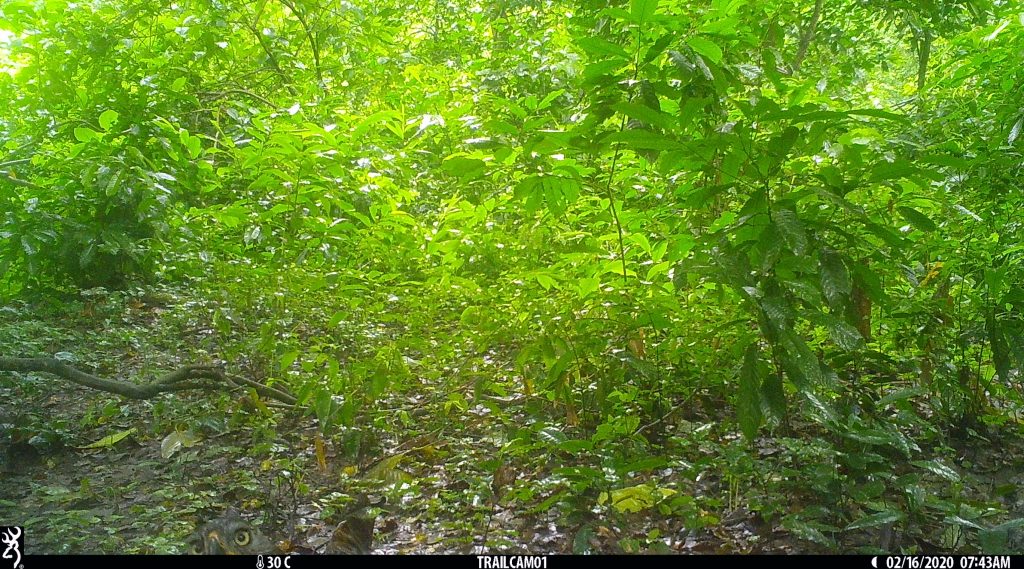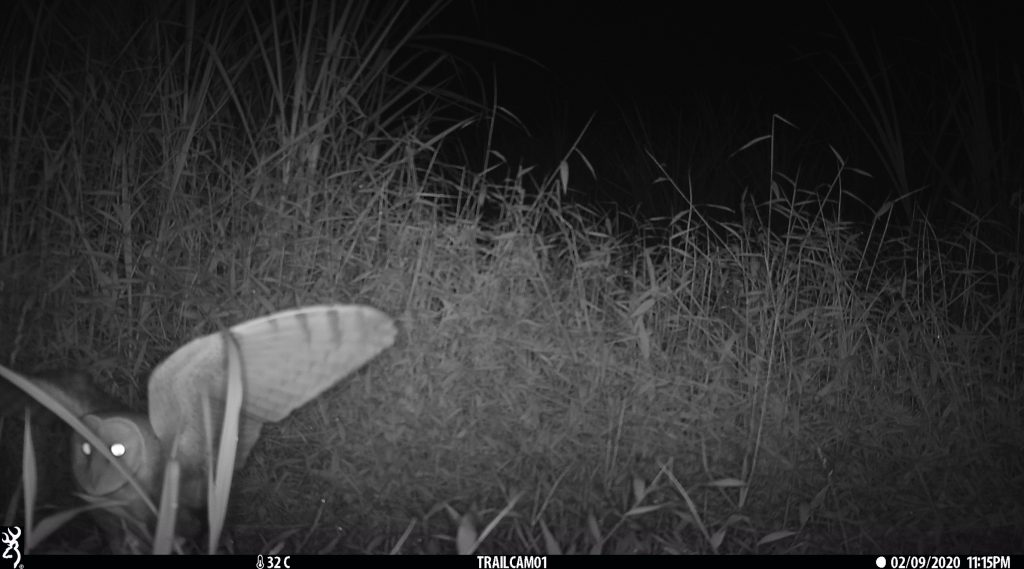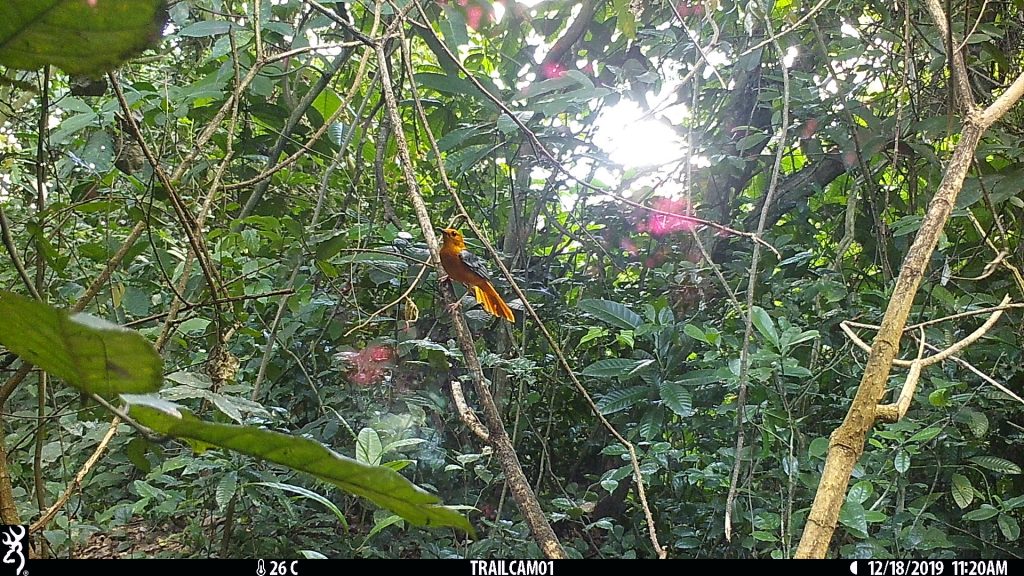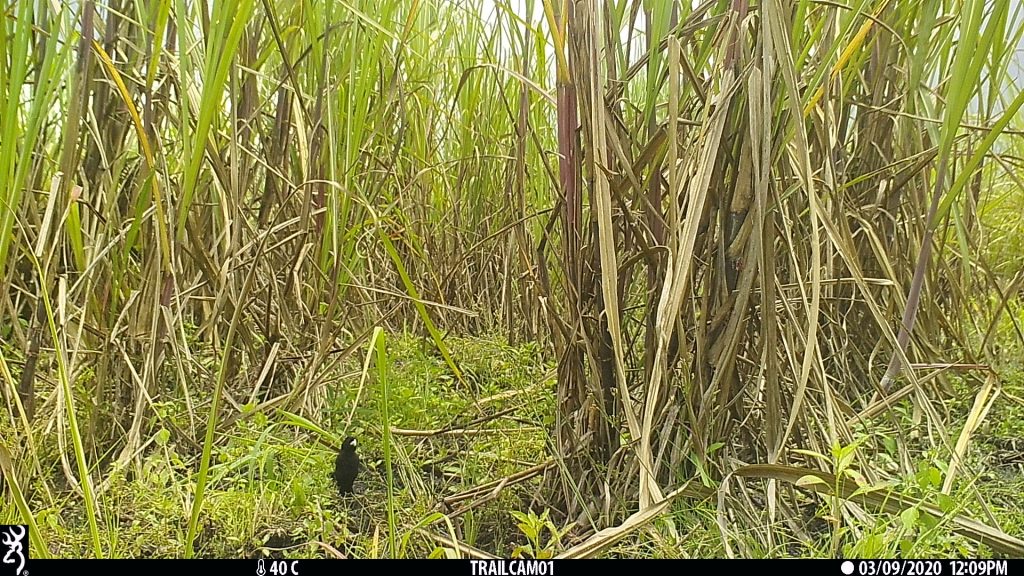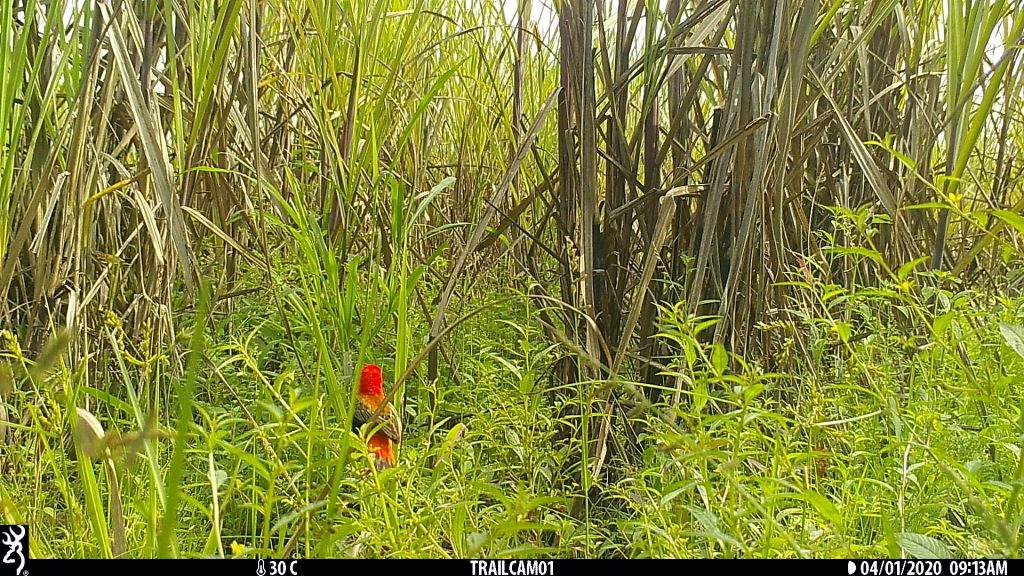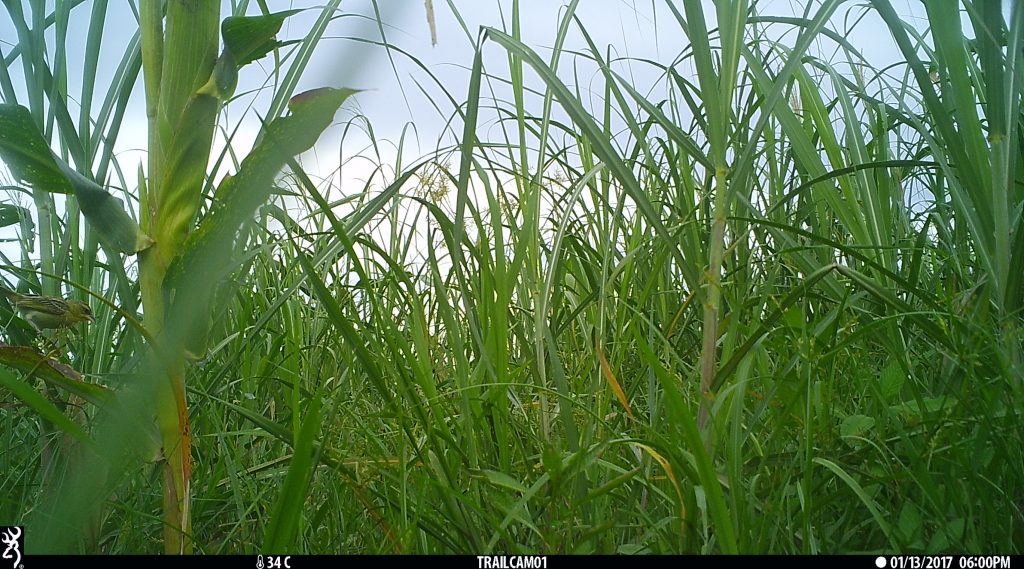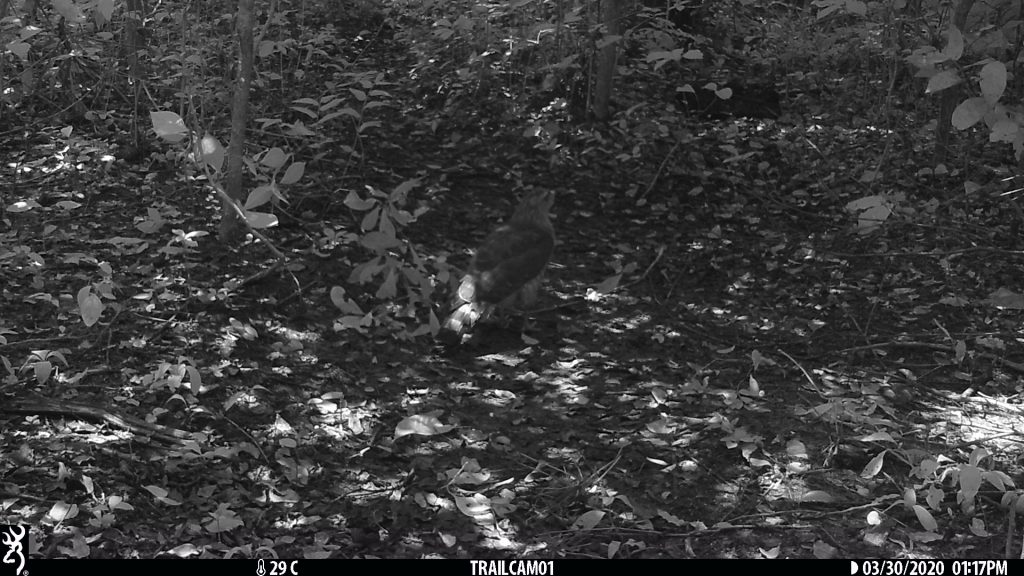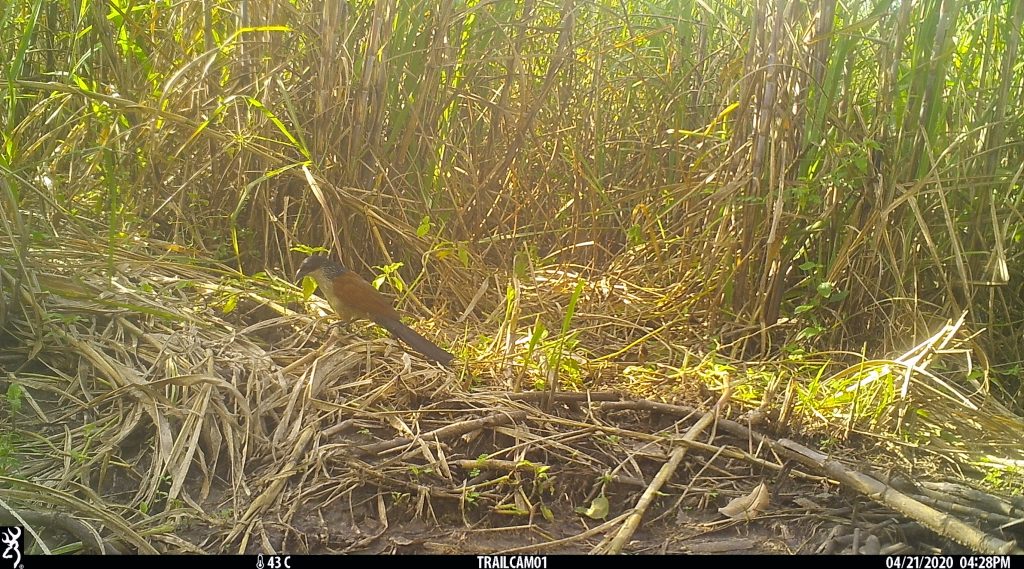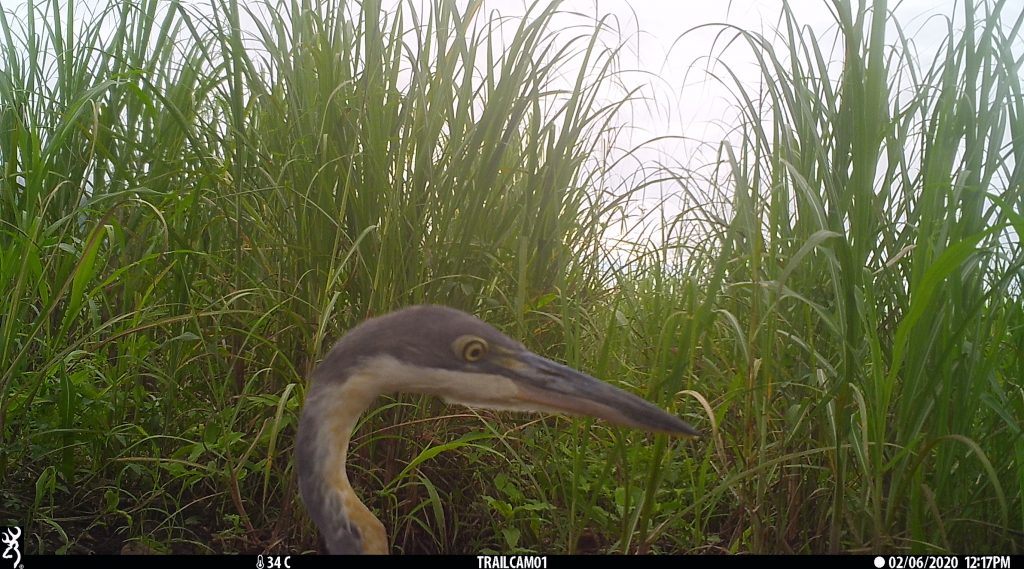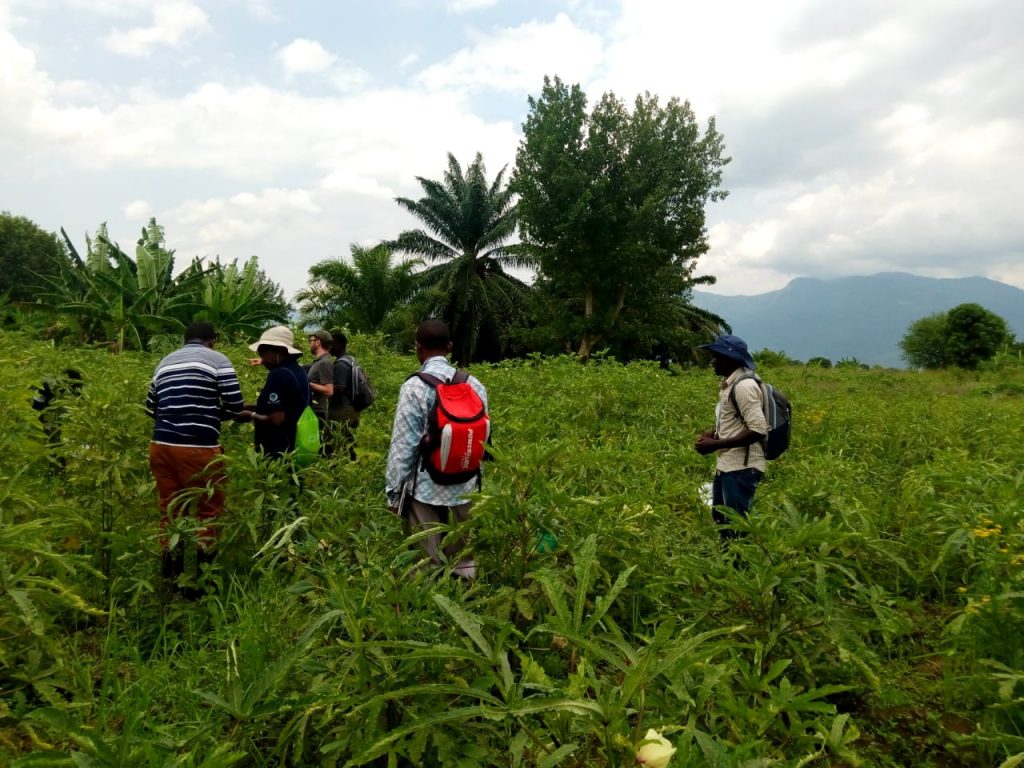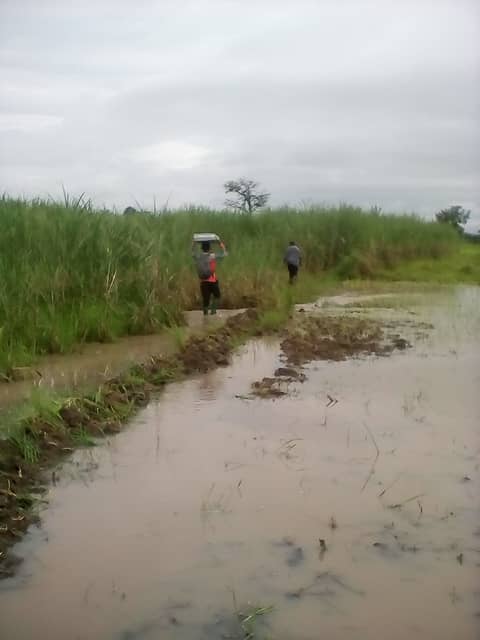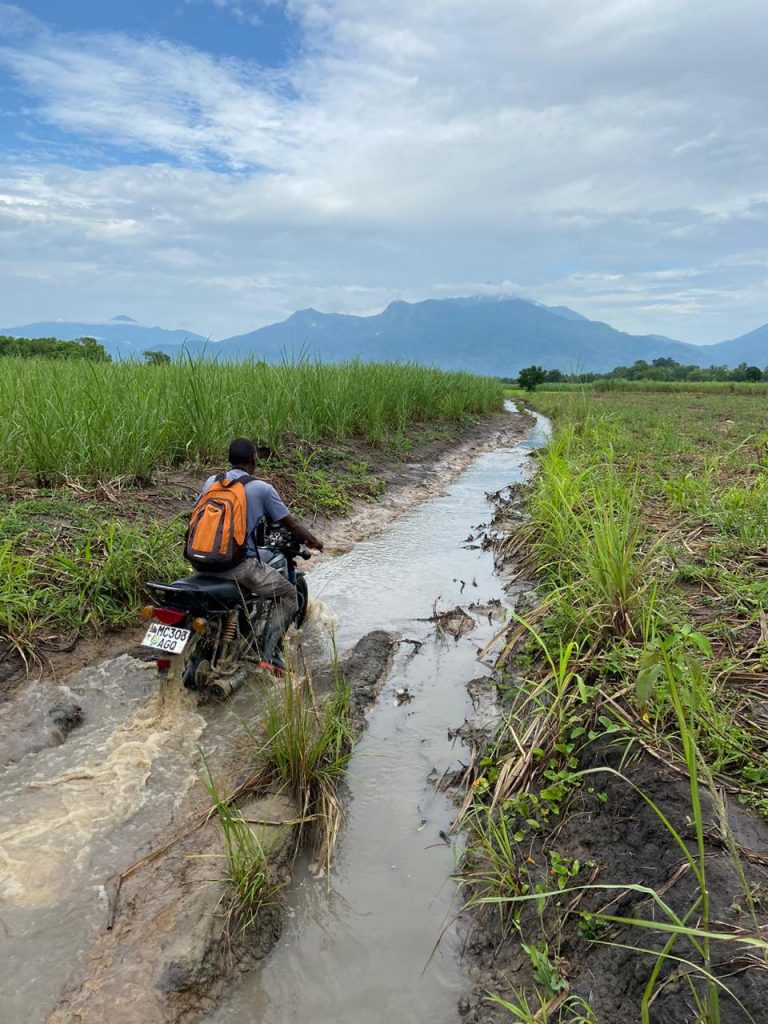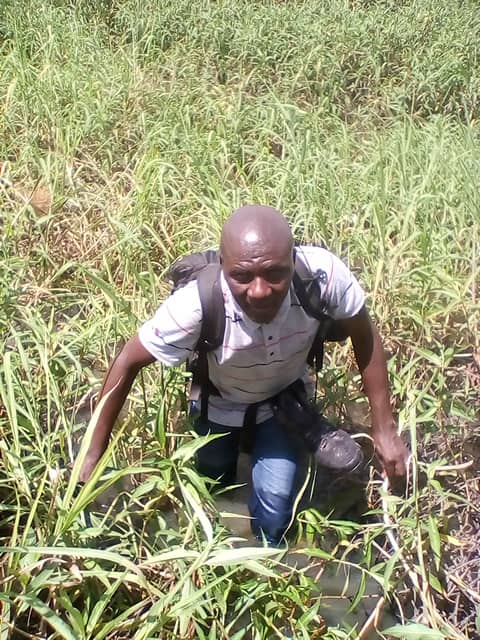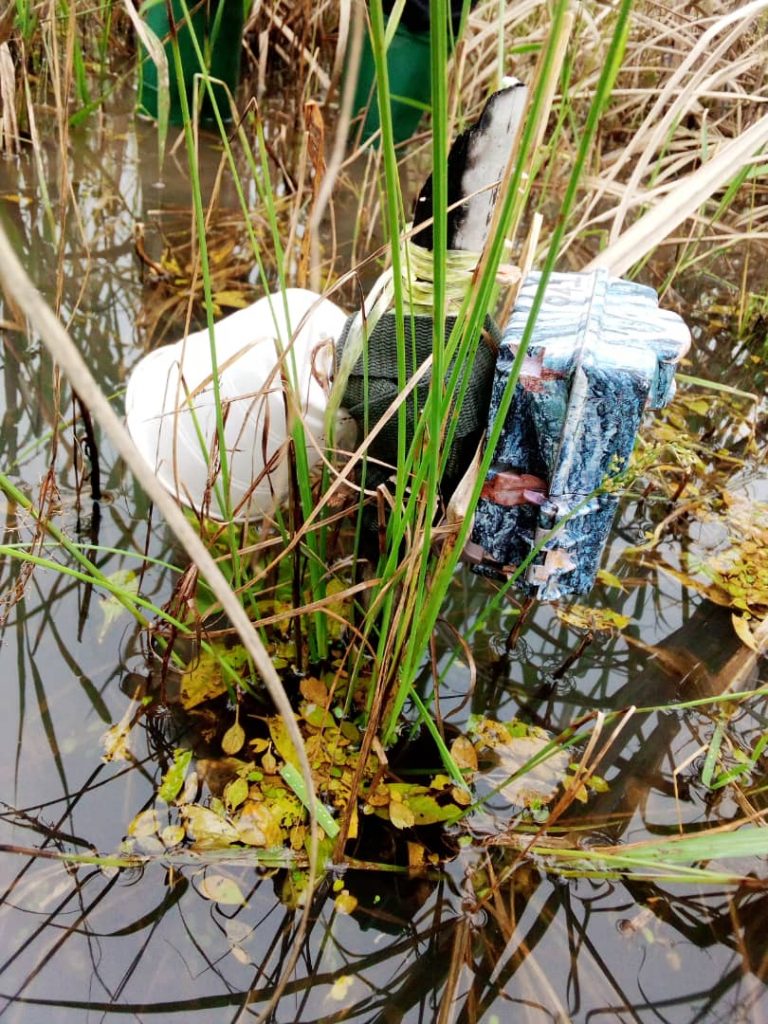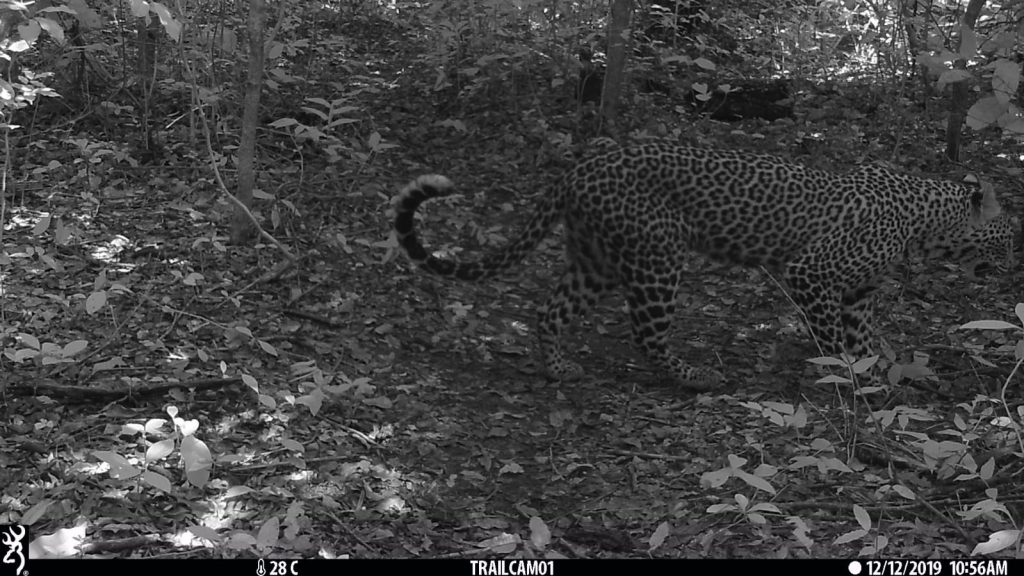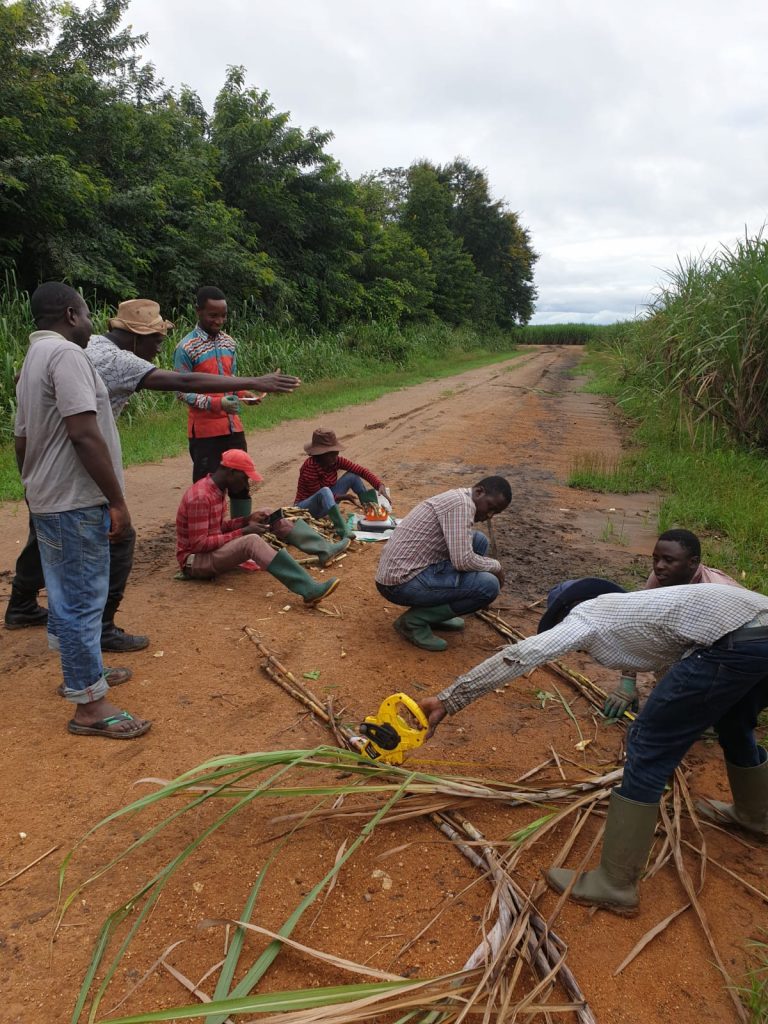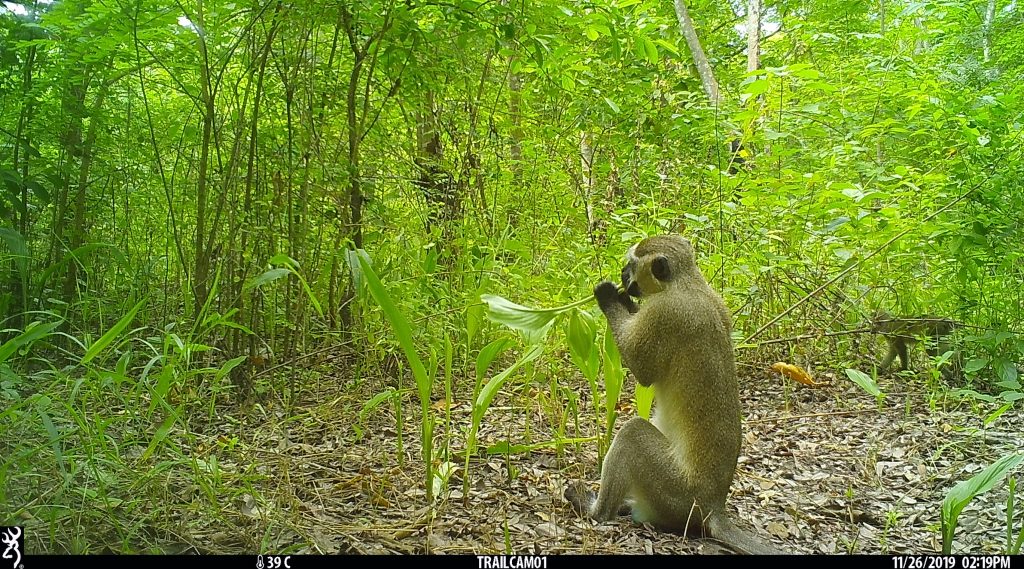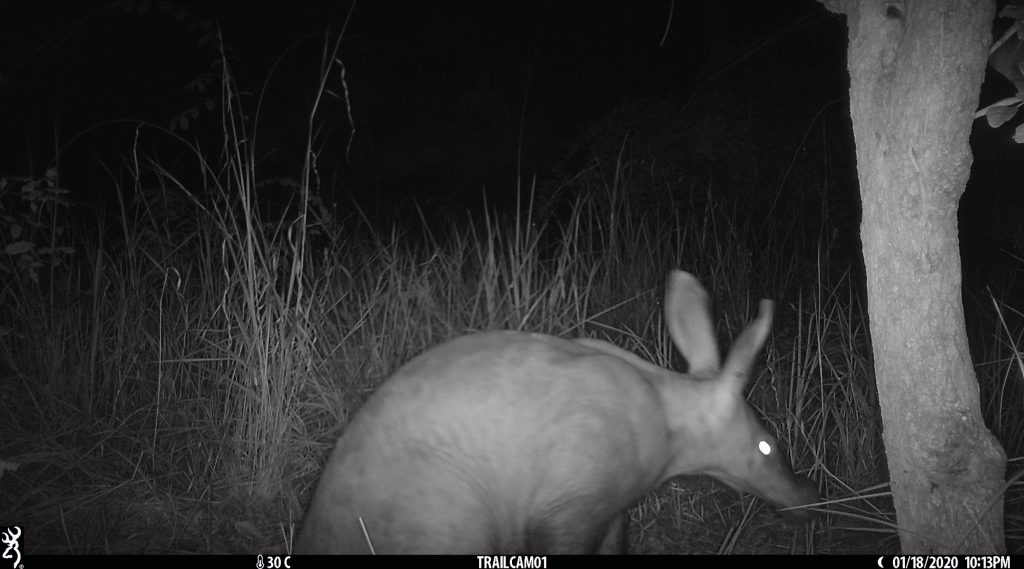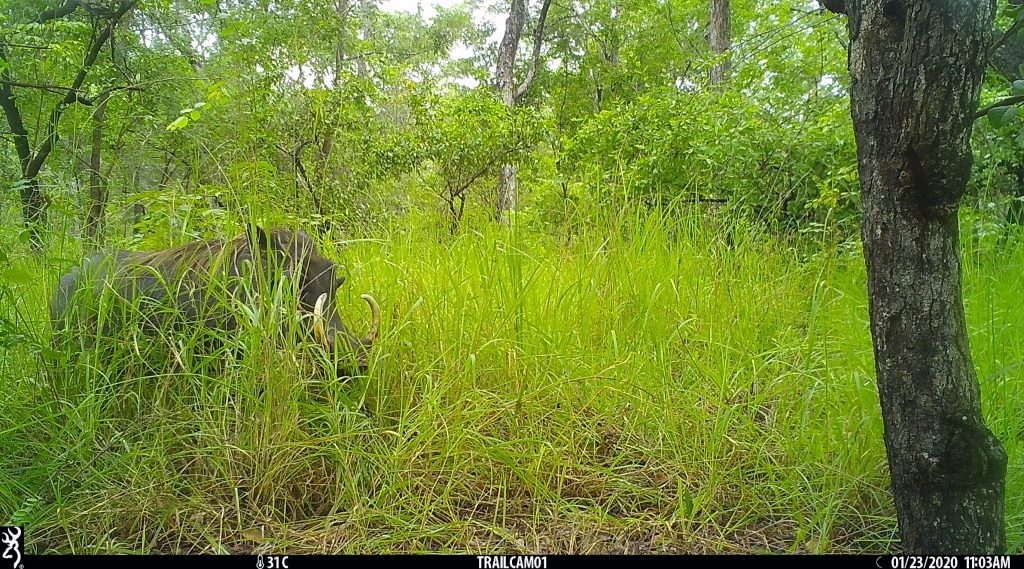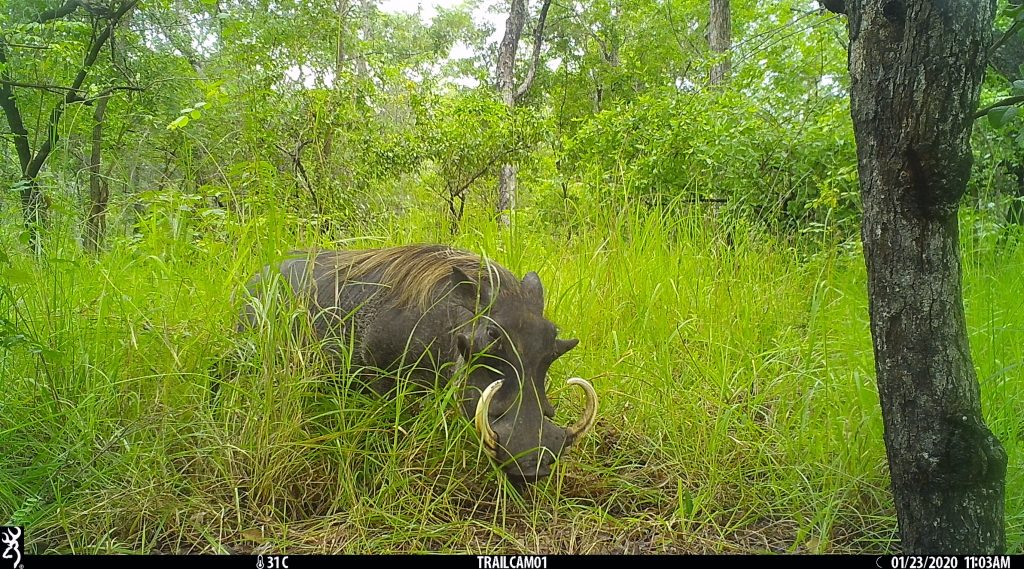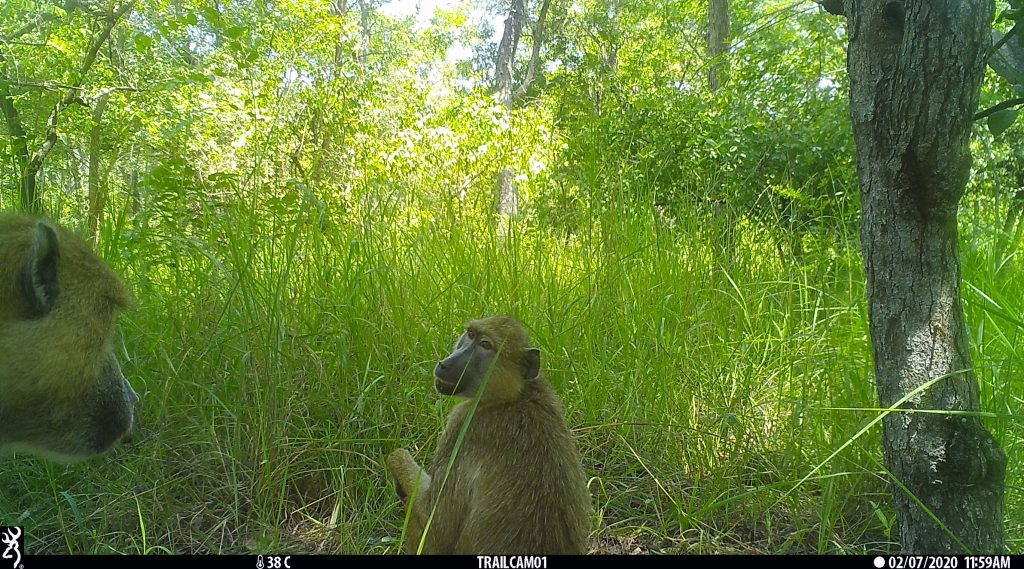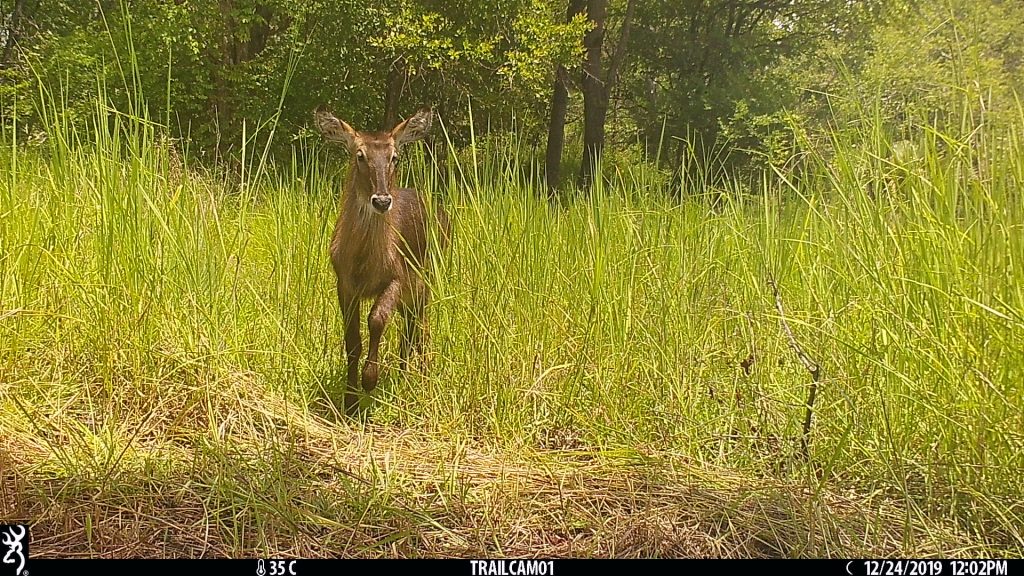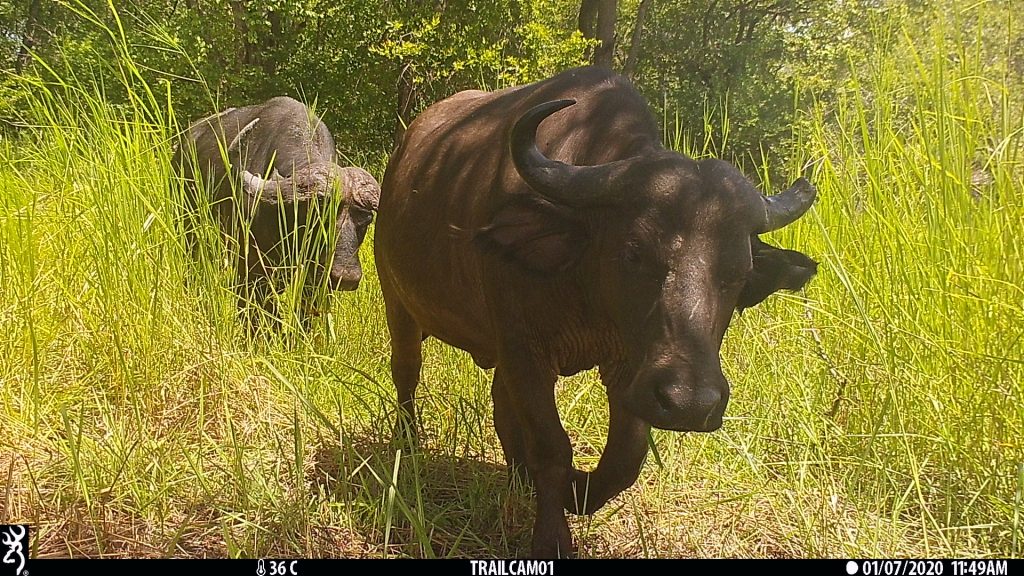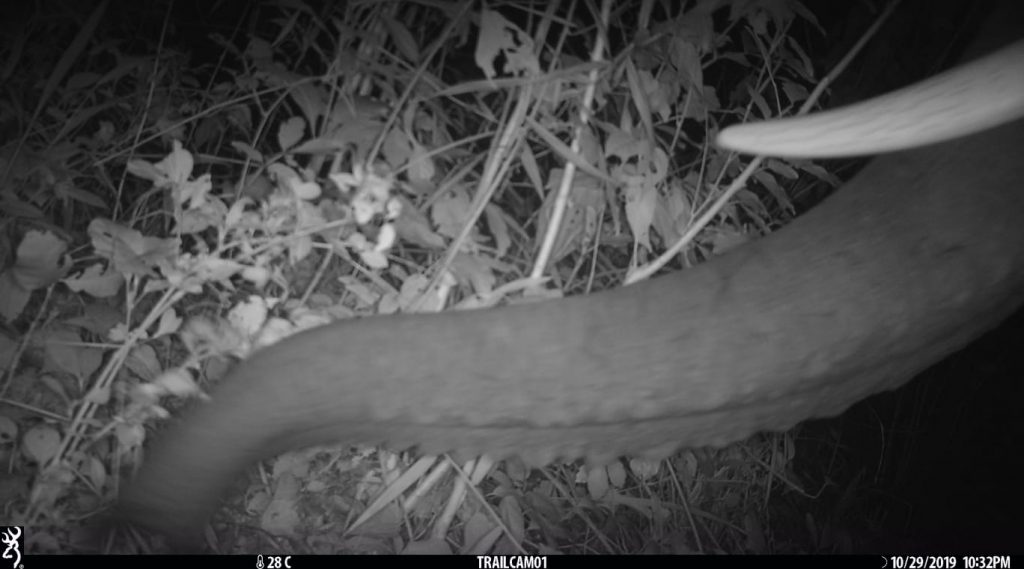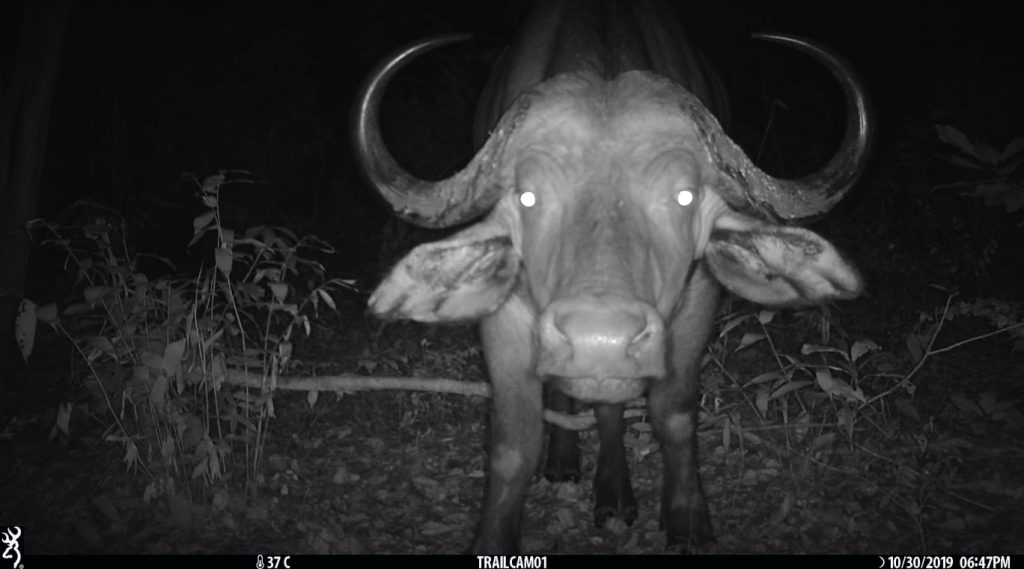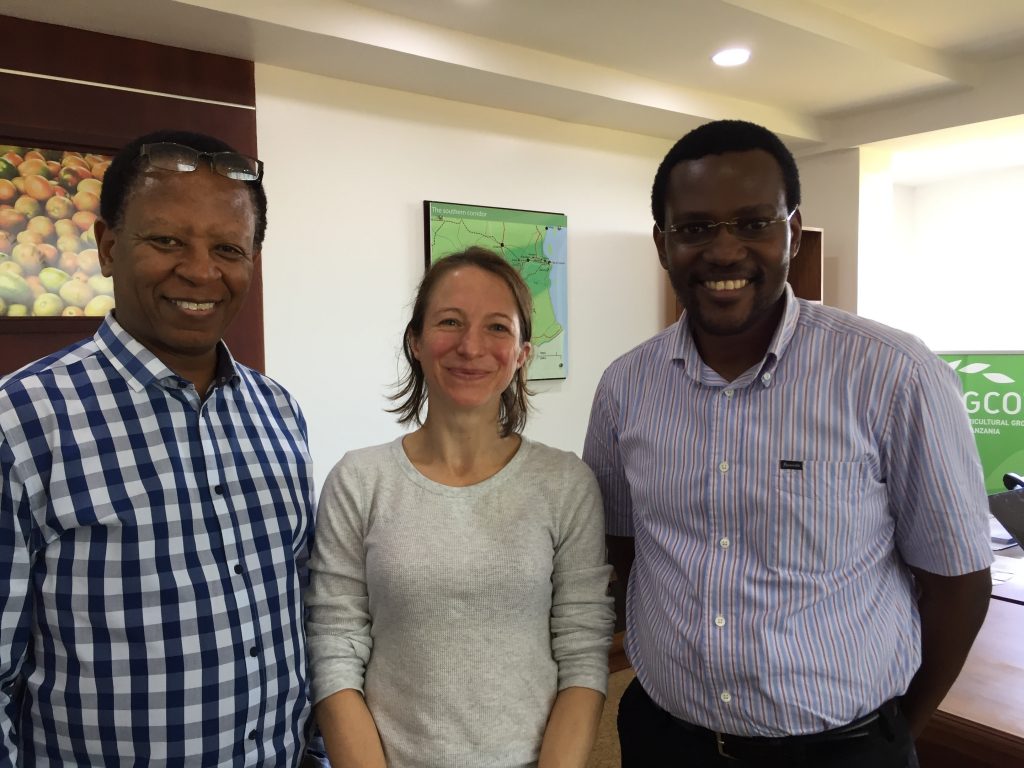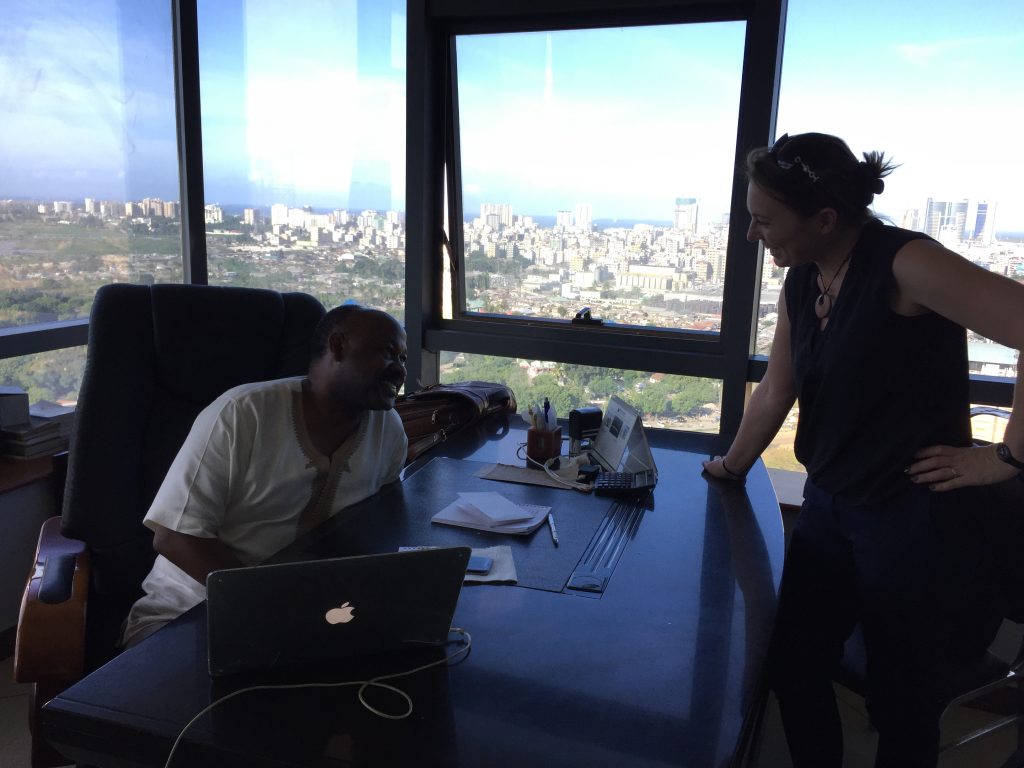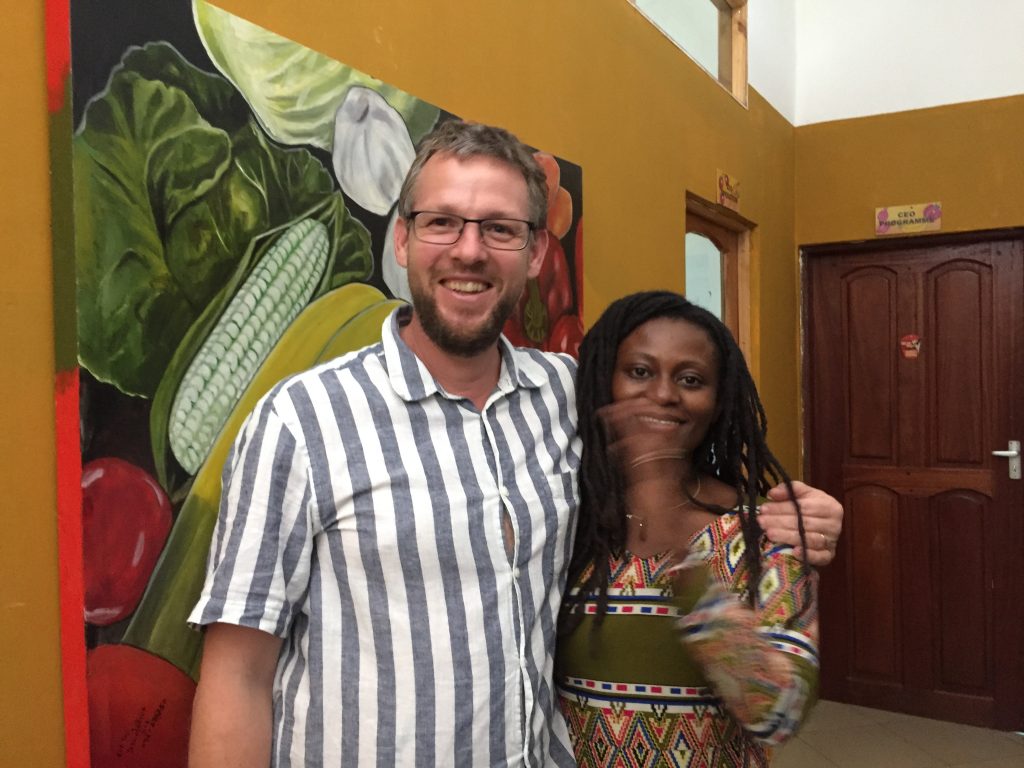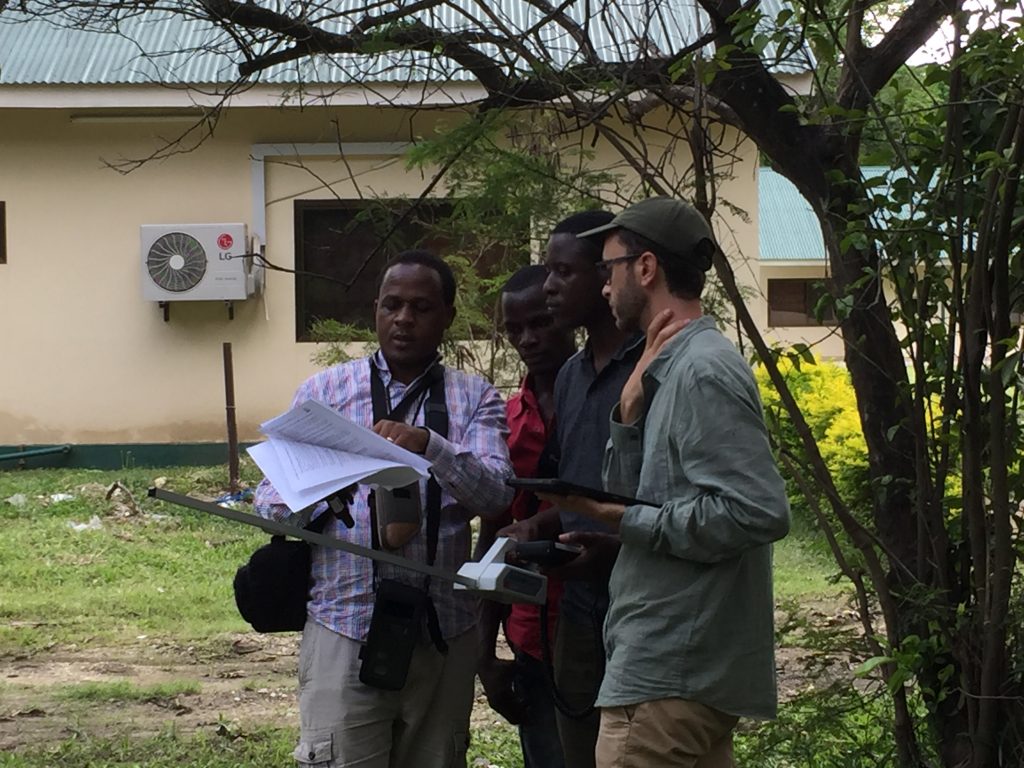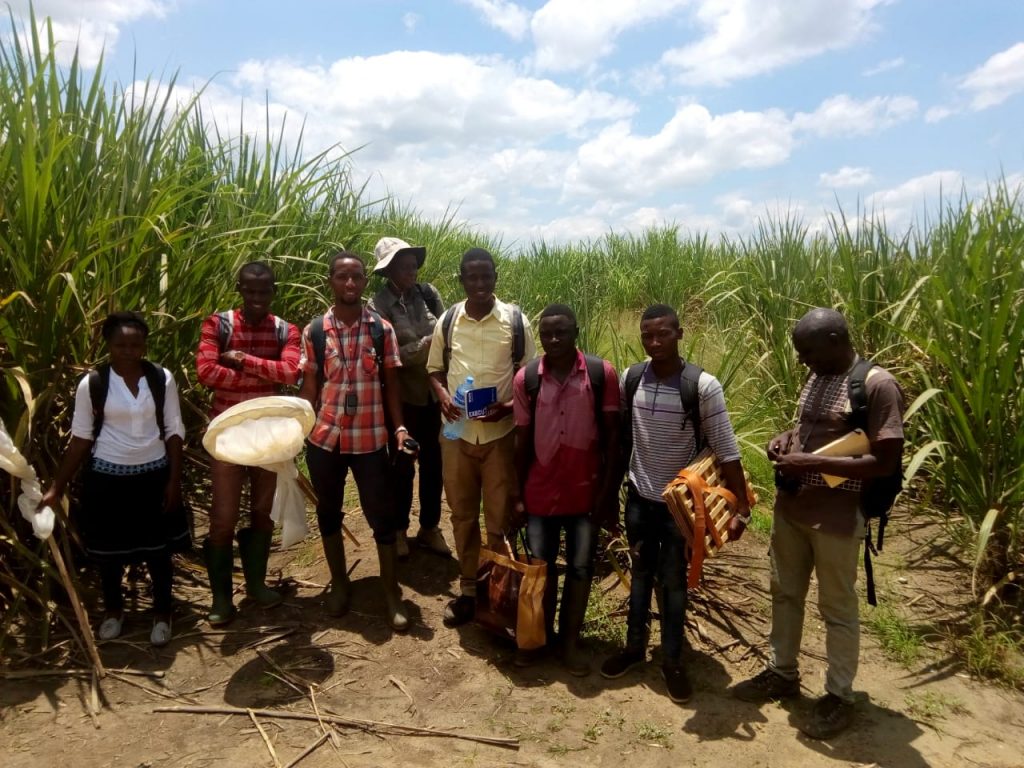What happened? We all took a rain break, and that rain break turned into a COVID-19 break and the ‘wishful thinking of return to fieldwork in 3 months’ turned into a prolonged waiting time for things to ‘get better’. But let’s not complain, because a lot of fantastic things started to emerge as well.
By April, we had sampled 72 plots. Thanks again to the awesome Tanzania crew led by Sergio and Deo on the ground. We analysed 72 plots: the thermoscans of leaves and ground surfaces, the canopy closure and vegetation greeness images, the fluorescence data and soil attributes. And dare I say it: the bird surveys, mammal surveys and insect surveys. And we are starting to see some interesting patterns emerging on the relationships between soil quality metrics, crop health metrics and natural capital. Three UG students have been working in the past few months to do some preliminary analyses of the bird data (thank you, Sophie) and microclimate data (thank you, Ana-Maria) and Harriet has created some fancy leaflets on the four main pest insects collected so far and nature based solutions for their management.
MBiol student Lauren Barnes will be modelling and mapping crop:elephant conflicts with data collected by the NGO STEP in the next months, ultimately to feed into the evidence-based management of a movement corridor restoration intervention. And MSc student Chloe Coole has done a wonderful job at identifying mammal species from thousands and thousands of camera trap images acquired on farms, farm boundaries and in natural habitats. Who would have thought there are so many without anything in them. As a byproduct, she also found some really cool birds in those traps. See for yourself:
12 of the species detected so far have not been on the GBIF list downloaded for the landscape (includes the elusive leopard), despite the profound land use changes that have changed the habitats here. We are also still missing 19 species that have previously been recorded here, including two larger carnivores.
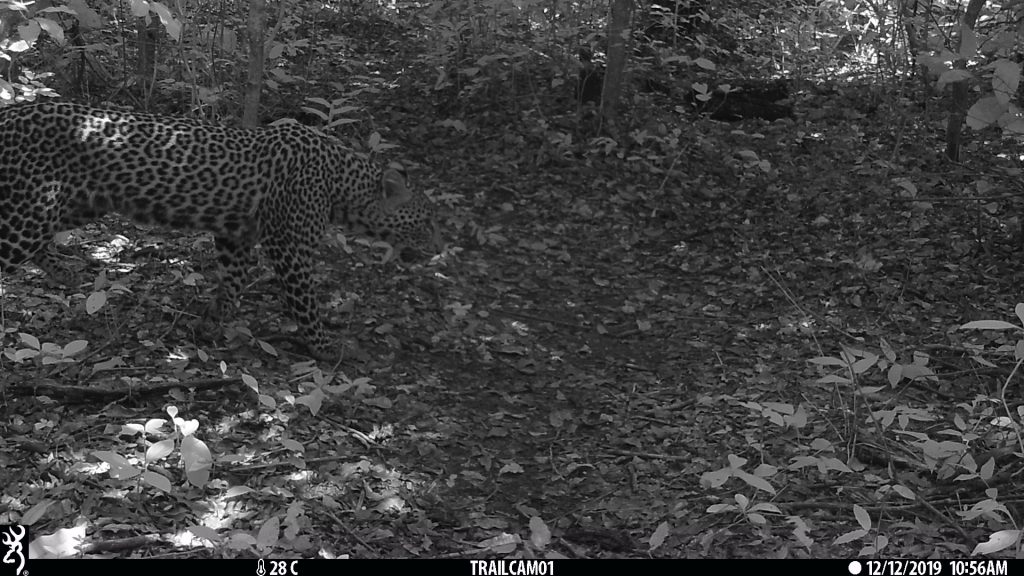
Whilst we are currently writing up the first batch of data (starting with mammals, birds and soils for peer-reviewed journals), Evodius has taken on the massive task of leading a fully Tanzanian team to collect those data that can be collected safely during this time. These include calibration data for thermoscans (very important 🙂 so we are told), further camera trap data from farmed areas (very risky but hopefully worth it), and crop yield data (very tricky as farmers respond quickly to weather conditions and crop state and tend to forget we want to measure their produce). MSc student Joseph, meanwhile, has started a pollination exclusion experiment on okra plants.
Thanks to the flexibility of the funder (thank you BBSRC) we have been able to plan for the scenario workshops that we plan to run with farmers in the landscape exploring their desirable options for ‘ideal farms’, ‘management interventions’ and trade-offs with ‘conservation / tree restoration interventions’. Eleanor, who joined the team as PhD candidate funded through OnePlanet DTP last October (a NERC funded doctoral training programme), has been developing the content for these workshops with us in detail, underpinned by social science frameworks. And we are planning for two options: either to go out and run the workshops with our Tanzanian team in April or alternatively, coordinate the activities of the Tanzanian team from the UK and let them run with it. if the latter will happen when we have some very interesting and challenging times ahead 🙂 (I mean who knows how the internet will pan out on the day).
Our current plans for the remaining 60 ‘ecological plots’: wait and go out in June. If we cannot go, we will train our Tanzanian team and look to Evodius to take charge, coordinated remotely by Sergio. Interesting times ahead. #We_are_going_strong.

